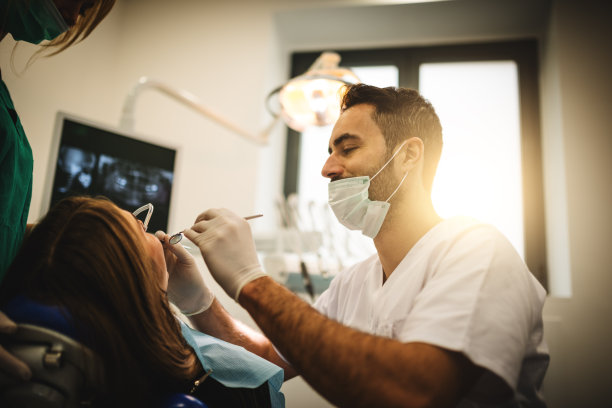Understanding the Reasons and Process Behind Extracting a Tooth for Optimal Dental Health and Wellbeing
Summary: Tooth extraction, though often perceived as a last resort in dental care, is a procedure that can significantly enhance optimal dental health and overall well-being. This article delves into the various reasons that necessitate tooth extractions, such as decay, crowding, and gum disease. It also examines the meticulous process involved in tooth extraction, exploring patient preparation, the surgery itself, and post-operative care. By understanding these factors, patients can make informed decisions regarding their dental health and appreciate the importance of timely interventions to maintain a healthy smile.
1. Common Reasons for Tooth Extractions

Tooth extraction is often necessary due to severe decay that cannot be repaired. When cavities progress beyond the capacity for filling or root canal therapy, the affected tooth can lead to infection and pain. This not only affects the tooth itself but can also jeopardize surrounding teeth and the overall dental arch, making timely extraction critical.
Crowding is another prevalent reason for tooth extraction. Individuals who experience orthodontic issues may require teeth to be extracted to make space for the remaining teeth to align correctly. This approach helps in achieving not only a healthy function but also improved aesthetics.
Gum disease, particularly in its advanced stages, can also necessitate tooth extraction. As plaque builds up and tartar forms along the gum line, the surrounding bone may weaken, leading to tooth mobility or loss. Extracting the affected tooth can prevent further complications and infections from spreading to adjacent teeth.
2. Preparing for Tooth Extraction
Before undergoing a tooth extraction, it is crucial for the patient to have a comprehensive evaluation by a dentist. This often includes X-rays to assess the tooths position, root structure, and the surrounding bone and teeth. Having a detailed diagnosis allows the dental professional to determine the most suitable extraction approach and foresee potential complications.
Patients should also disclose their complete medical history, including any existing conditions and medications, as these can significantly influence the extraction process. For instance, individuals with blood clotting disorders or certain heart conditions may require special precautions before the procedure.
In many cases, dentists will provide specific instructions to prepare for the surgery. This may involve fasting prior to the procedure, especially if anesthesia will be used. Following these guidelines ensures a smoother extraction process and better recovery.
3. The Tooth Extraction Process
The tooth extraction procedure begins with the administration of anesthesia to numb the area around the tooth. Local anesthesia is commonly used for single-tooth extractions, while sedation may be employed for more complex cases or patients with anxiety. This step is crucial for minimizing discomfort during the extraction.
Once the area is numb, the dentist employs specialized tools to loosen and remove the tooth from its socket. The level of difficulty can vary based on the tooths position and condition, which is why an experienced dental professional is essential in managing complications that may arise during this procedure.
After the tooth is successfully extracted, the dentist will provide care instructions to promote healing. This may include bite pressure techniques, the use of gauze to control bleeding, and pain management options. Adequate aftercare is vital for ensuring a smooth recovery and minimizing the risk of infection.
4. Post-Extraction Care for Optimal Healing
After a tooth extraction, proper post-operative care is essential to ensure optimal healing and reduce complications. Patients are advised to avoid strenuous activities and stick to soft foods for a few days to help the extraction site heal. This can also aid in reducing discomfort during the initial recovery period.
Maintaining oral hygiene is crucial, but care must be taken. Patients should gently rinse with salt water after 24 hours, avoiding direct contact with the extraction site. They should also refrain from using straws or spitting forcefully, as these actions can disrupt the healing blood clot and lead to dry socket, a painful condition.
Regular follow-ups with the dentist are important for monitoring the healing process. In case of excessive swelling, persistent pain, or other concerning symptoms, immediate communication with the dental professional is essential for addressing potential complications swiftly.
Summary:
Understanding the reasons and processes involved in tooth extraction provides valuable insights into maintaining dental health. By recognizing when extraction is necessary and adhering to proper care protocols, individuals can ensure a healthier mouth and a more fulfilling quality of life.
This article is compiled by Vickong Dental and the content is for reference only.


